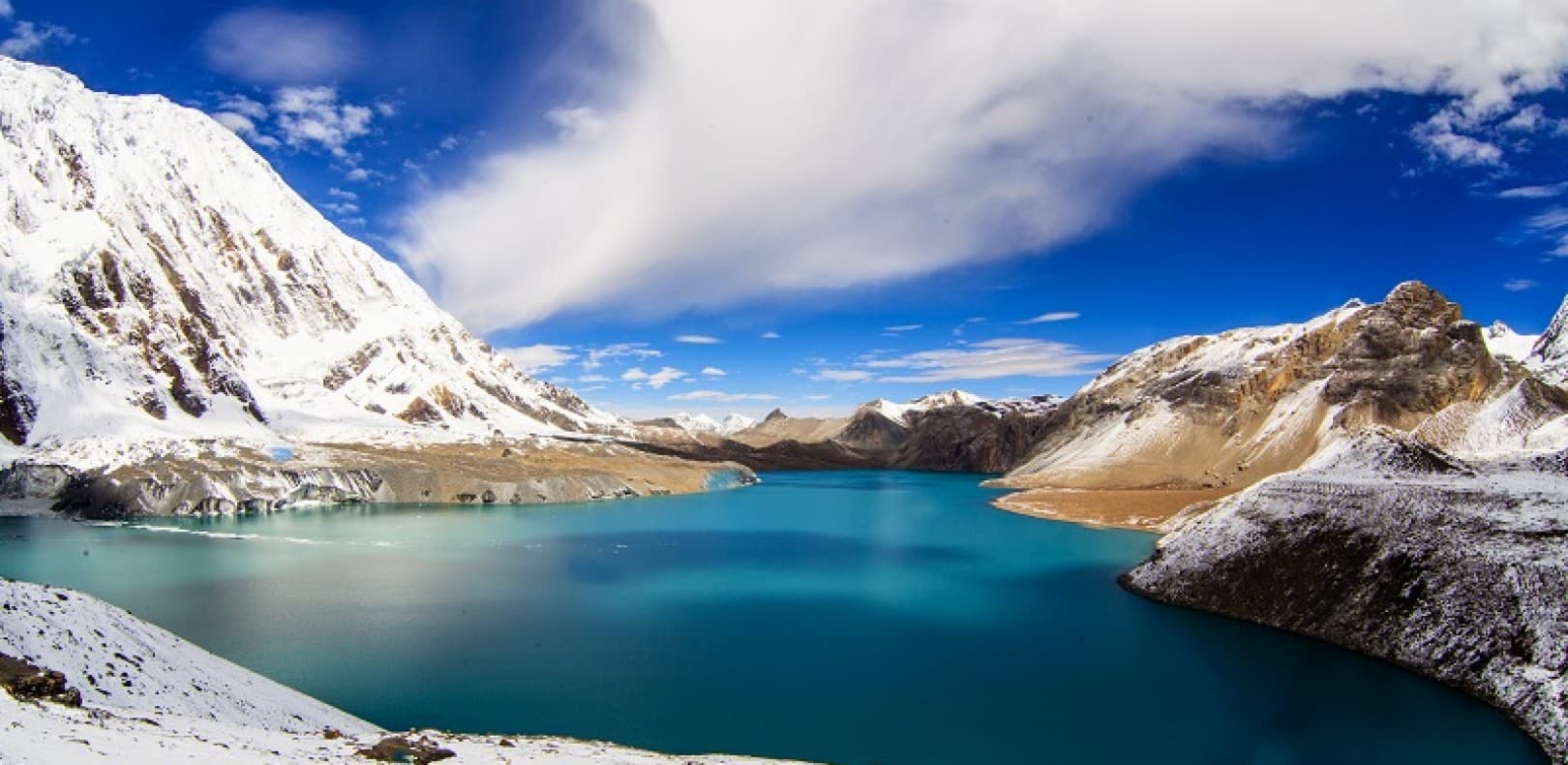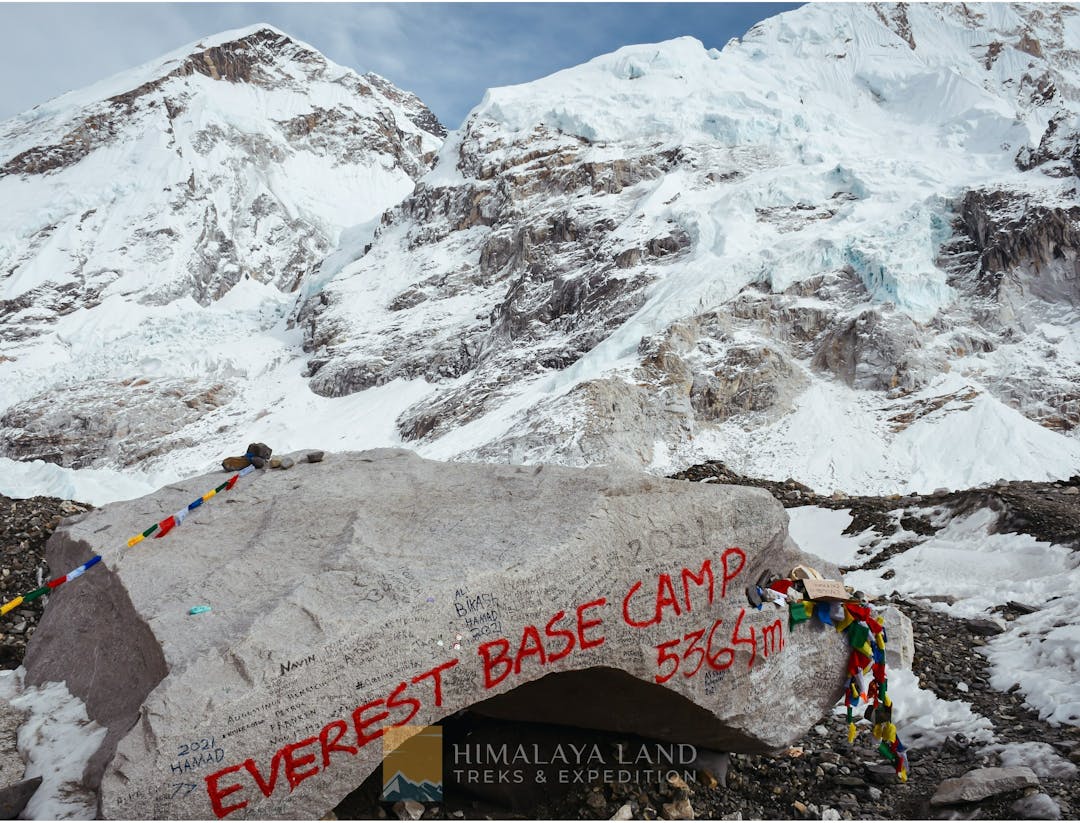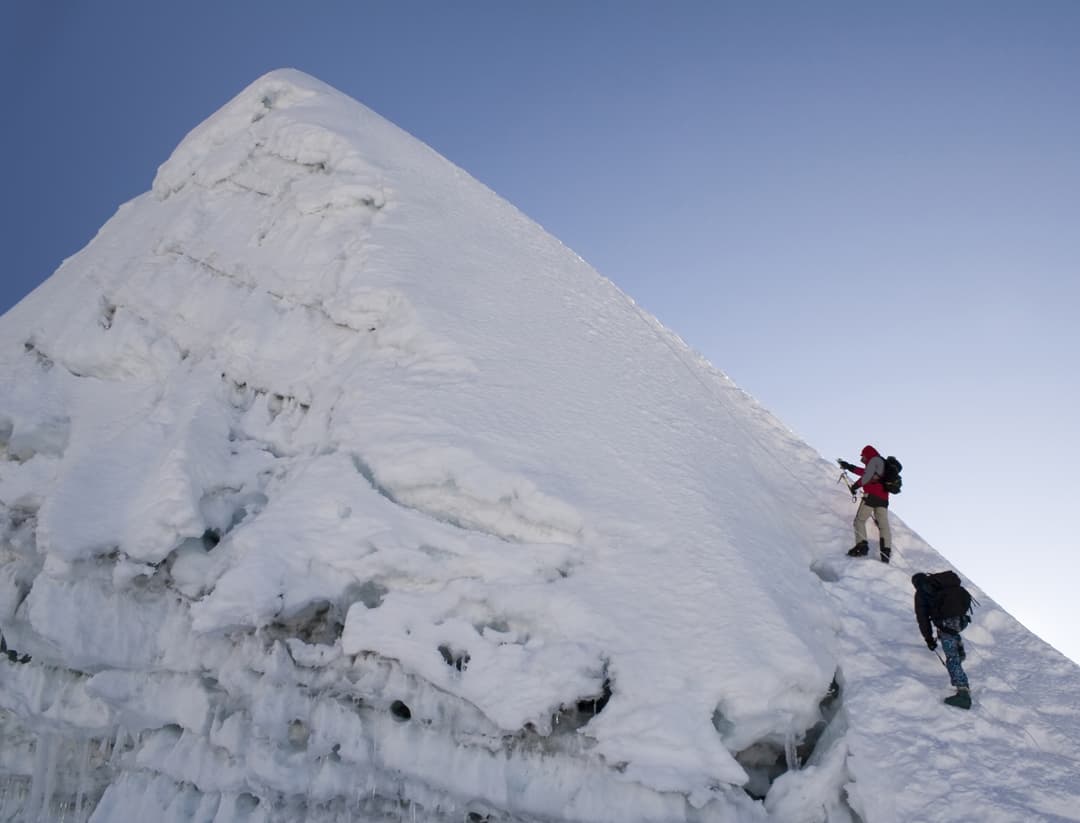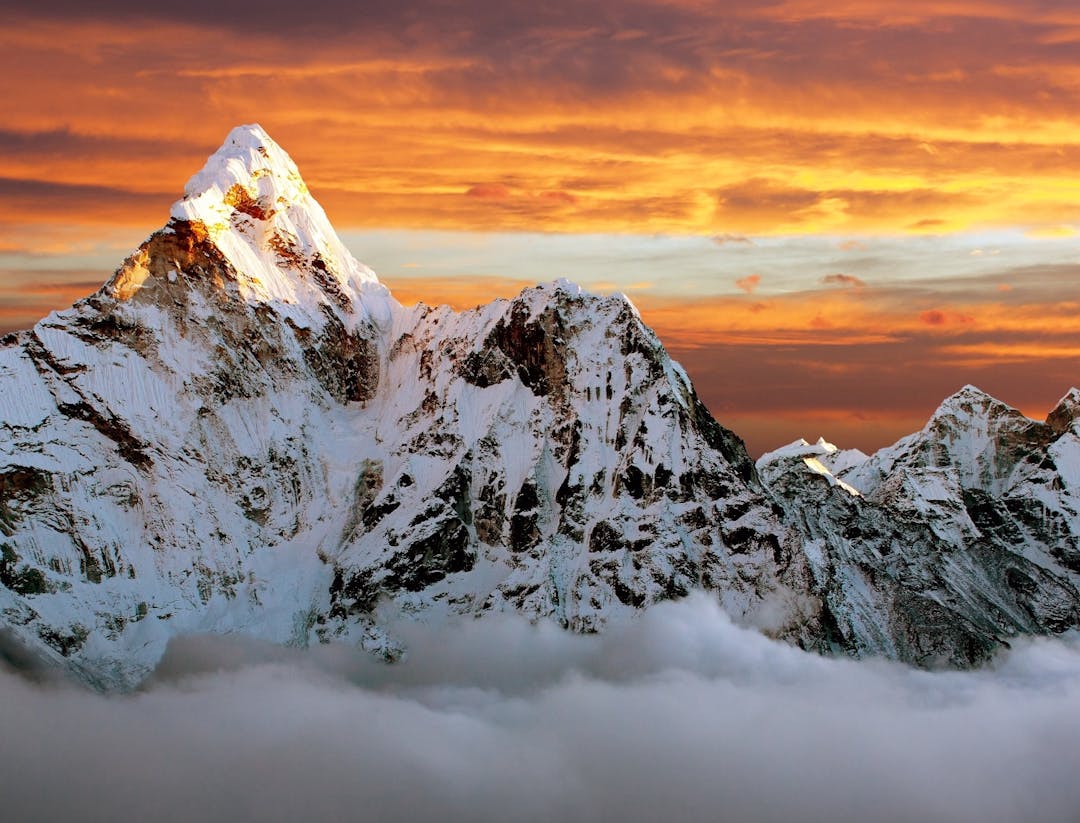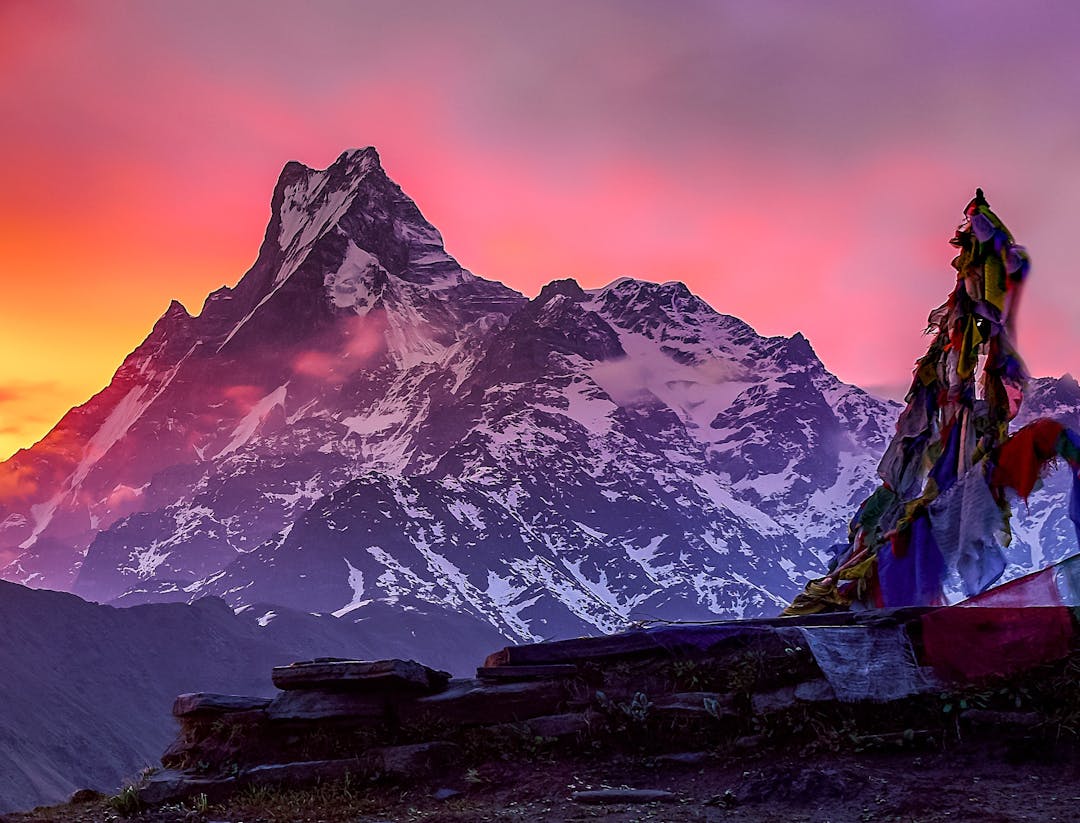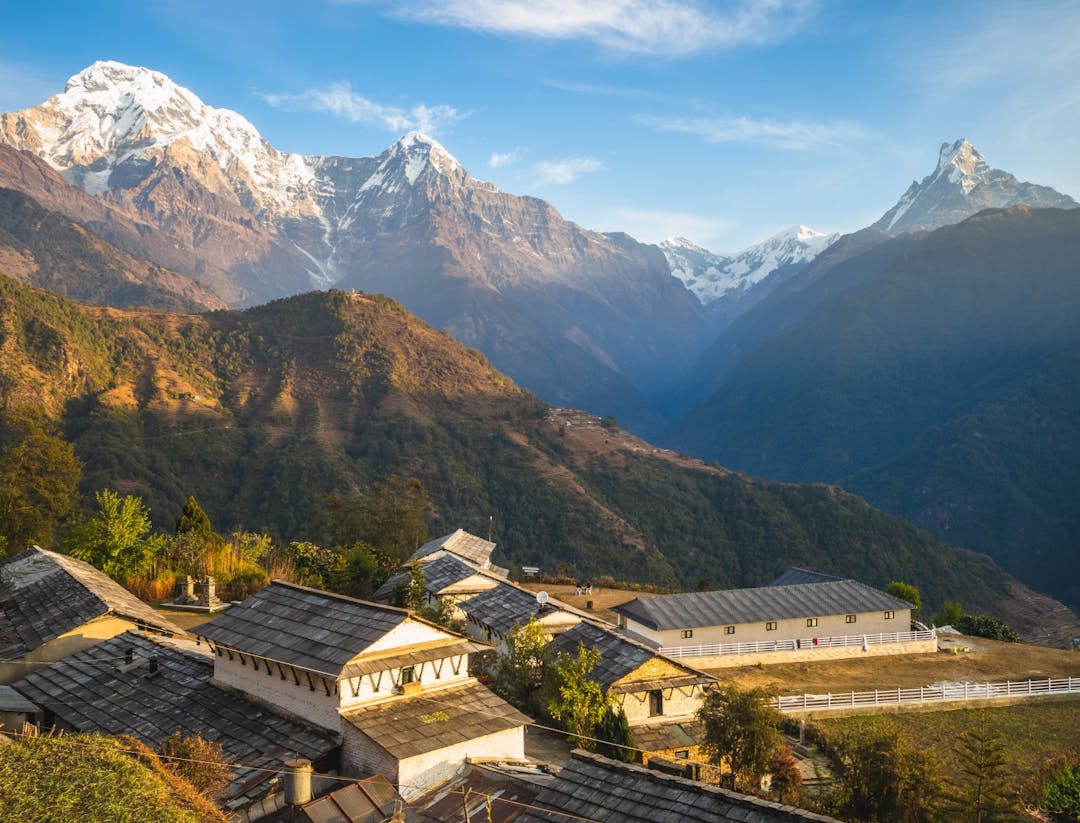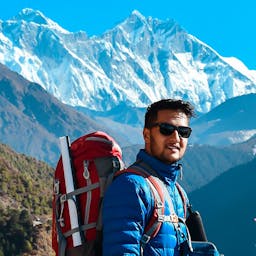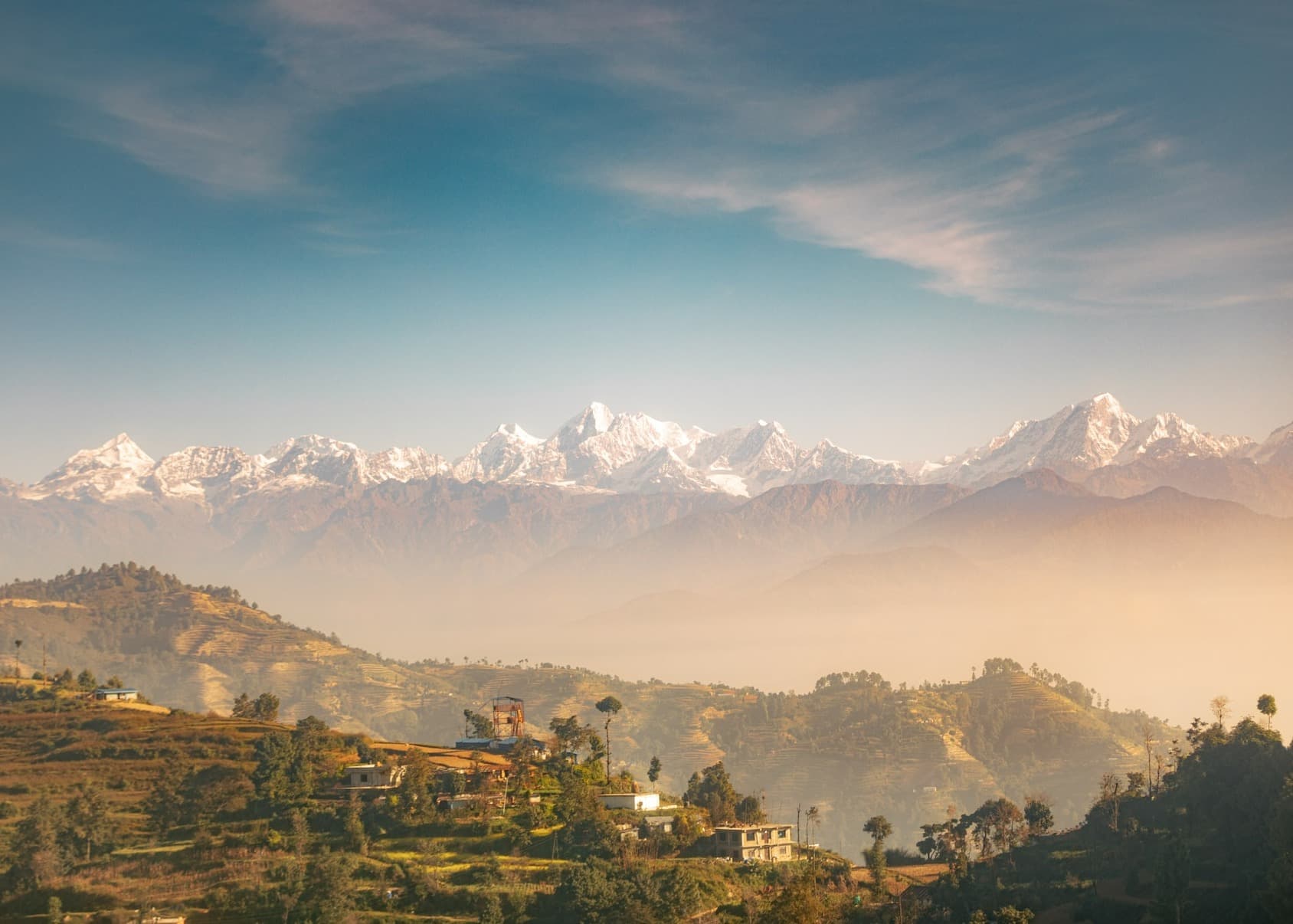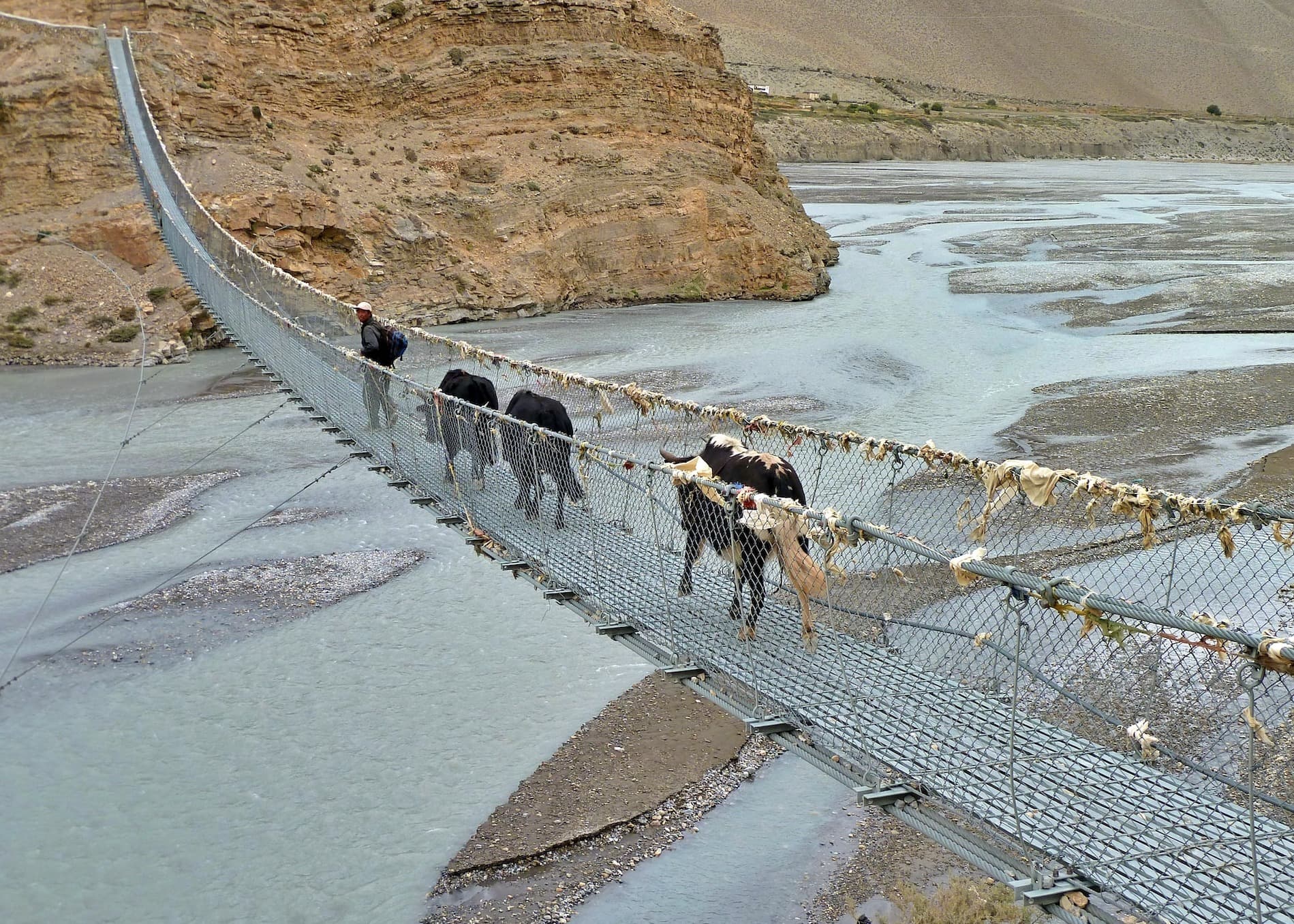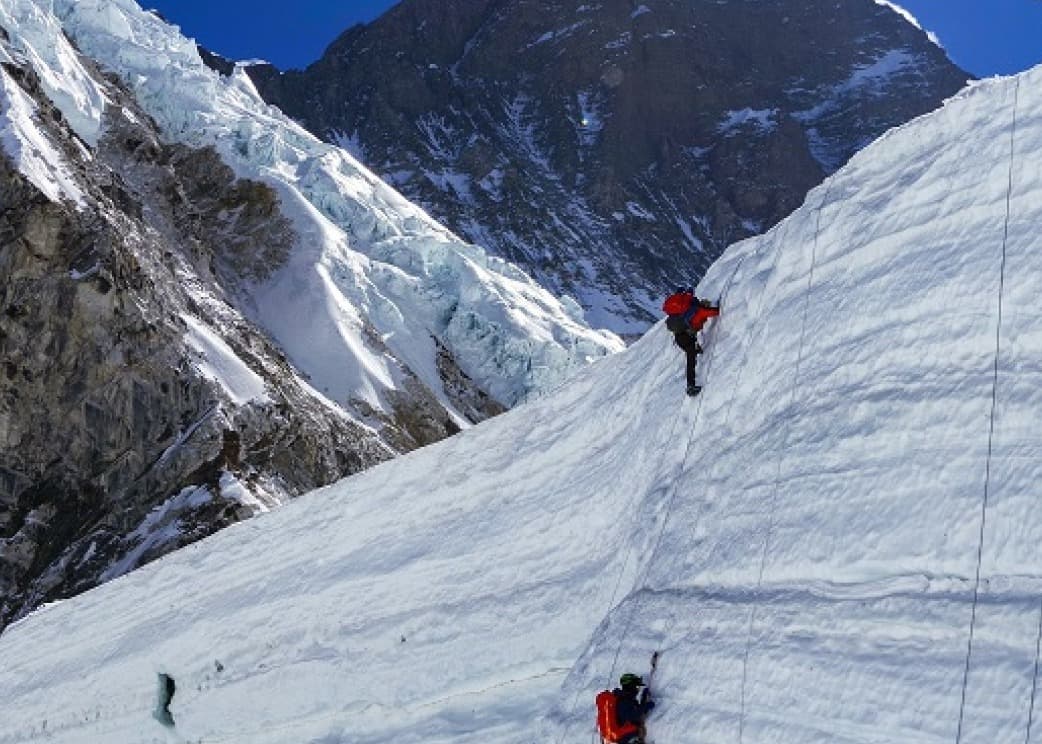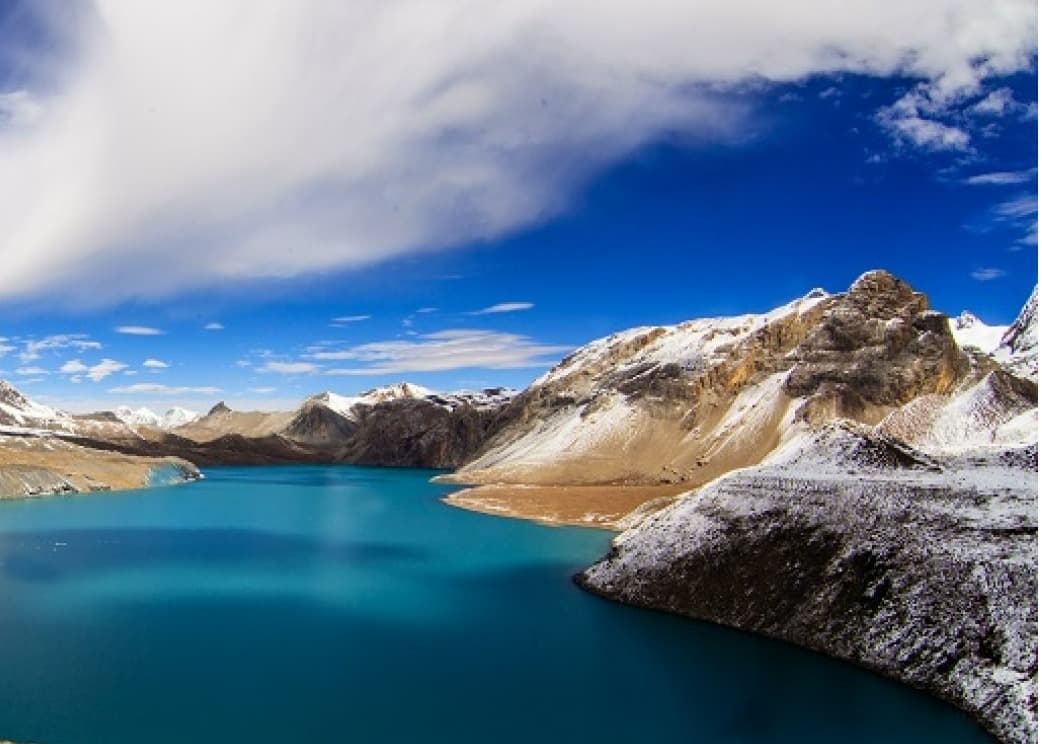Winter is getting short, summer is getting more scorching, monsoon left its usual fall time, autumn started to shade late, artic is melting, oceans are rising, corals are disappearing, the world is getting sophisticating, the weather is getting violent and many more can be felt.
Climate change is a major issue in today’s world. Year after year the average temperature of the globe is increasing. The decade of 2011-2020 is considered as the warmest decade reaching 1.1 degree Celsius above the average. This might seem to be a small number but the vigorous change can be felt by each one of us.
A small temperature rise is giving a huge change. Then, imagine what would be the world like in the next few decades. Where would the glaciers move in the next few decades, where would the summer rise, where would the winter reach, how much will the artic shrink, where would the biodiversity fall, where would the oceans reach, a lot of queries comes up? This is not only a threat to nature, but it is also a threat to whole human life existence.
Glaciers in Nepal
Glaciers are the jewel of Nepal. Glaciers are the finest indicator of climate change. There are 3,252 glaciers in Nepal covering a total area of 5,323 km2. An increase in temperature as an effect of climate change has caused its direct effect on these glaciers. An outburst of glacial lakes impacts directly the socio-economic, agricultural and health status of the people living there. The temperature rises each year have kept the existence of glaciers in threat.
Effect of Climate Change on Himalayan Glaciers
We can only speculate as to where these glaciers will be in ten years if this trend persists. Will they exist at all? And what will be the condition of the Himalayan land? Where will the human population go? The impact of melting glaciers is already being felt, with the immediate consequence being floods that adversely affect human settlements downstream. If this trend continues, it won’t take long for the world to change into a desert.
According to study from Columbia University, glaciers have been melting twice as much as it was between the years 1975 and 2000. The glaciers have been losing half a meter of ice each year since the starting of the century. It is predicted that 25% of the world's mountain glacier might get vanished by 2050, and it may further vanished by 25% by 2100 which will make the 50% of current mountain glaciers getting disappeared by 2100.
As a result of warming temperature glaciers have been melting at quick rate over the past decades. The International Centre for Integrated Mountain Development (ICIMOD) conducted a research that found that the Himalayan glaciers lose an average of 8 billion tonnes of ice year.
Increase in global temperature is major cause for the melting of the glaciers. Himalayas region is more sensitive to climate change because it that region the temperature are rising at more pace that the global averages. Glaciers are fast melting as temperatures rise and weather patterns change, leaving behind a dead and desolate landscape where there previously was a rich ecology and plenty of water resources. As the effects on glaciers have been more obvious recently, the impact of climate change and its repercussions are nothing short of terrible.
The melting of these glaciers also has implications for the biodiversity of the region. The Himalayas are home to a large number of plant and animal species that are adapted to the cold and dry conditions of the mountains. As the glaciers melt, the ecosystems of the region are changing, and many species are at risk of extinction.
Reasons behind brisked up climate change and melting glaciers
The greenhouse effect is the main reason for climate change and all the changes seen nowadays. Some gases in the Earth’s atmosphere traps the heat coming from the sun and stops the heat from leaking back into space. Which results in global warming. This global warming is giving its impact on an increase in temperature each year. To be straightforward, human activities are the main reason behind climate change and the vigorous melting of glaciers. So, what sets of activities are making such impacts?
- Continuous use of Fossil
- Rapid deforestation
- Intensive agriculture and livestock
- Adverse use of nitrogen-containing fertilizer
- Fluorinated gases
The massive use of fossil fuels such as coal, oils, gas to generate electricity, operate vehicles, run industry, power manufacturing and other numerous activities have increased carbon dioxide generation in huge amount. An increase in the amount of carbon dioxide generation affects the atmosphere adversely.
Each year, five and a half billion tons of carbon is released by burning fossil fuels. This released carbon enters the atmosphere and forms carbon dioxide. From this massive amount, 3.3 billion stays in the atmosphere.
An increase in intensive agriculture and livestock plays an active role in the production of methane gas. This methane gas is an even more powerful greenhouse gas than carbon dioxide.
Rapid deforestation affected the whole ecosystem. Trees used to utilize the atmospheric carbon dioxide and maintain the atmosphere. With an increase in deforestation, atmospheric carbon dioxide remained in the atmosphere. This has impacted directly on increasing greenhouse effect.
Nitrogen-containing fertilizers generate nitrous oxide in the atmosphere. Gases like nitrous oxide and carbon dioxide accumulate in the atmosphere over decades to centuries. Fluorinated gases have much stronger warming effects about 23,000 times higher than carbon dioxide. Such gases are emitted from types of equipment and products that use these gases.
So, Human activity is, directly or indirectly, affecting nature. Climate change is not only an issue. Instead, it is a threat to the whole existence of human life. Climate change has something like democratic similarity, “Of the human, by the human, for the human”. And this climate change has created a huge effect on Himalayan glaciers.
This is going to be huge in near future. So, if no today then when, if not us then whom. We, humans, are responsible for the act. We human must work on controlling the condition. If we start today, might be the temperature rise not be as much as it was assumed to be. Might be we could conserve our jewels as original for a longer period than it was assumed to exist. We must understand, our existence is possible only if nature exists.

